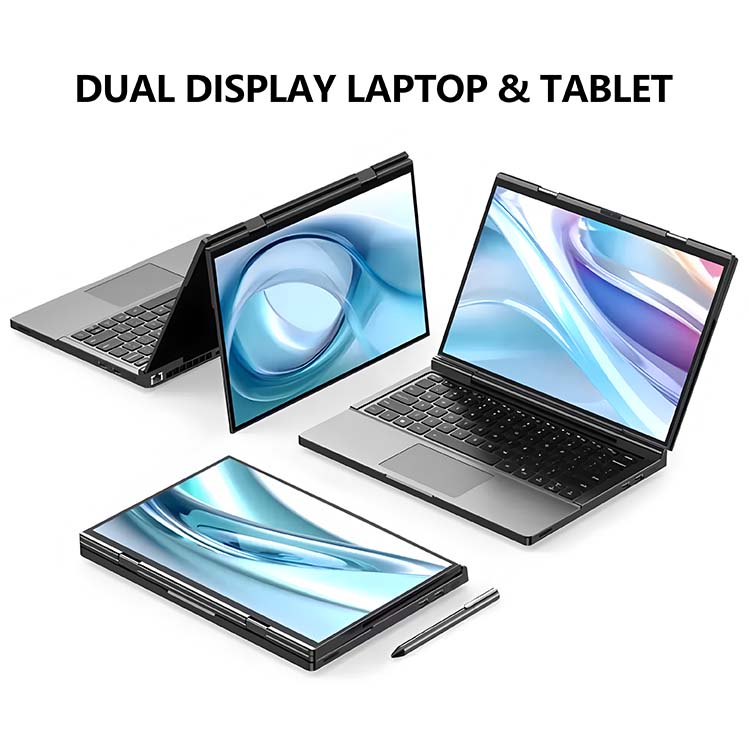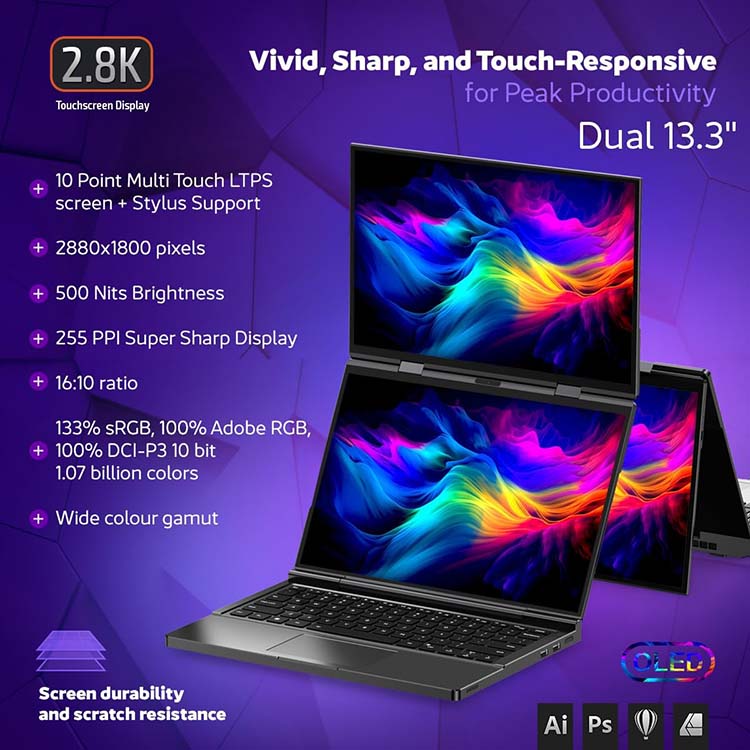- Select Language
The T80 handheld PDA combines advanced barcode sca...
Different people have different needs when purchasing portable external monitors. This time, we plan to share how to choose an external monitor from the perspective of usage scenarios, so that the device can more accurately match actual needs and avoid situations of “excessive parameters” or “insufficient functionality”:

In office or text processing scenarios, efficiency is typically the top priority. Since prolonged screen use is common in such scenarios, we generally prioritize monitors with “eye-care” features, such as low blue light, DC dimming, and anti-glare coatings, as these can reduce eye strain caused by extended screen use. Next, we recommend selecting a relatively high “resolution,” such as 2K or 4K. At these resolutions, text edges appear sharper. Third, based on personal needs, determine whether a dual-screen/triple-screen model is required, or whether a model with a stand is needed.
For designers or video editors, we have higher requirements for screen color accuracy. Typically, we prioritize color accuracy, selecting models with Delta-E less than 2, 99% sRGB coverage, and a minimum resolution of 4K. It is best to choose 4K or higher resolution to avoid blurred details. Additionally, color uniformity must be considered, prioritizing models where the color brightness at the edges and center of the screen is consistent.
For programmers or coders, they focus more on the screen aspect ratio. A 21:9 ultra-wide screen or 16:9 vertical screen can increase the display area for code lines. In terms of resolution, they prioritize models with a wider horizontal space. Of course, like in everyday office scenarios, they also need displays with DC dimming and low blue light output to alleviate eye strain from prolonged screen viewing.
For users who use monitors for gaming or multimedia entertainment, extended screens with a refresh rate of 144Hz or higher (for FPS games) or 240Hz (for competitive gaming) will be more appealing. They also pay attention to core parameters that affect user experience, such as response time and HDR.
The last category of users uses monitors for mobile office work or connecting to laptops. These users prioritize portability and compatibility. 14-inch, 15.6-inch, and 17-inch displays with full-function Type-C ports, supporting plug-and-play (no drivers required), compatible with Mac/Windows dual systems, touchscreens, built-in speakers, etc., are the features and product characteristics that this type of user cares about.

If you plan to purchase a portable external display, where do you intend to use it?